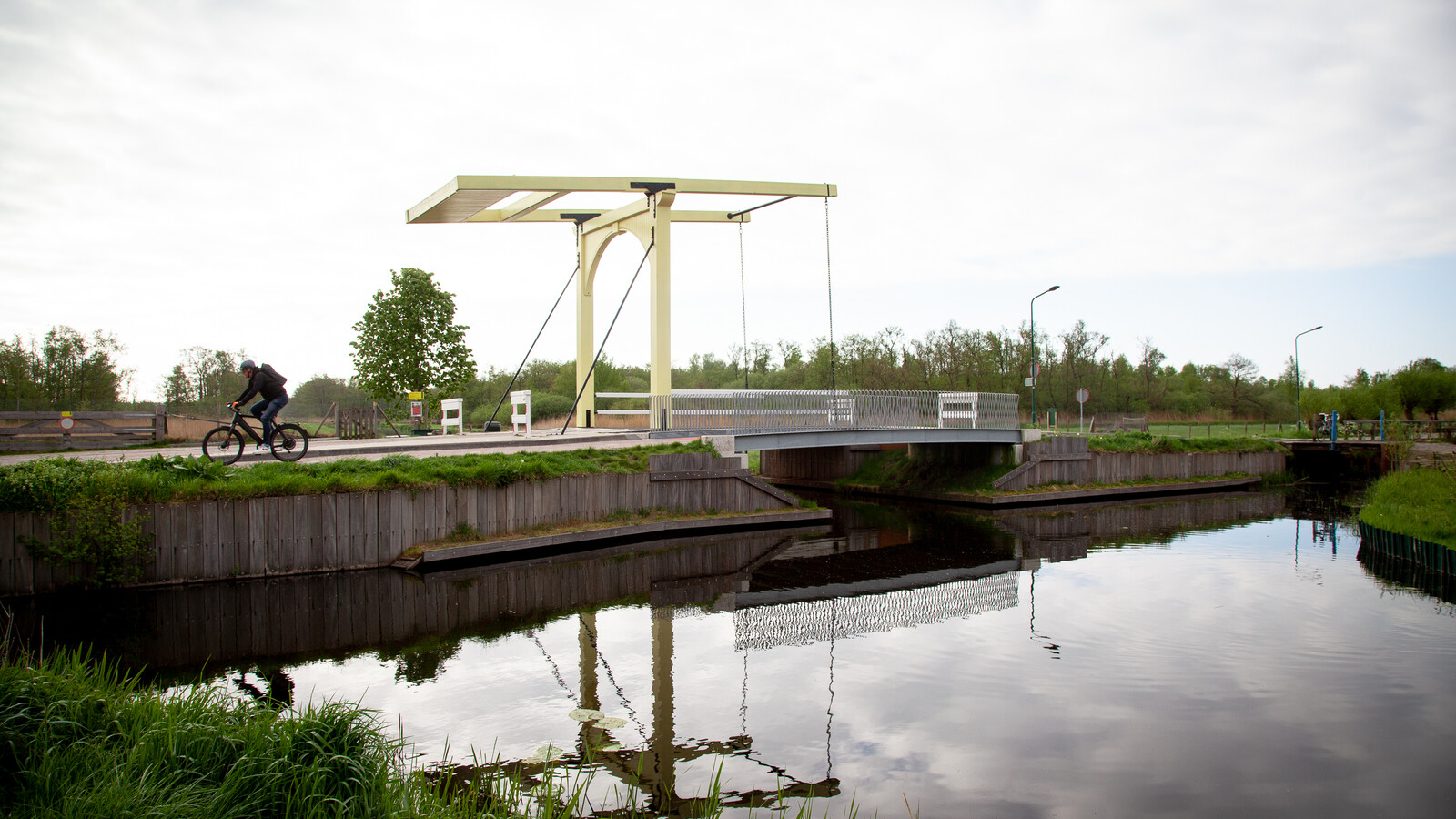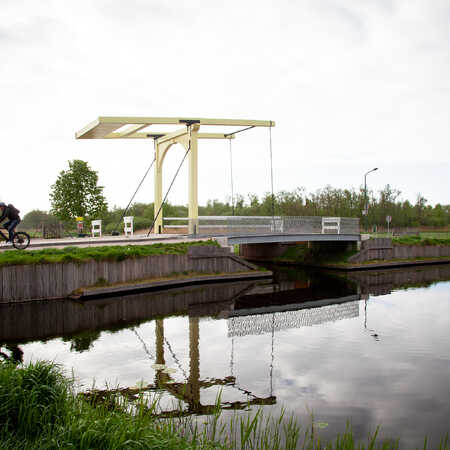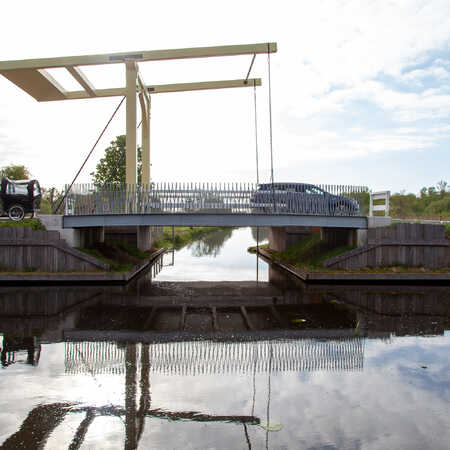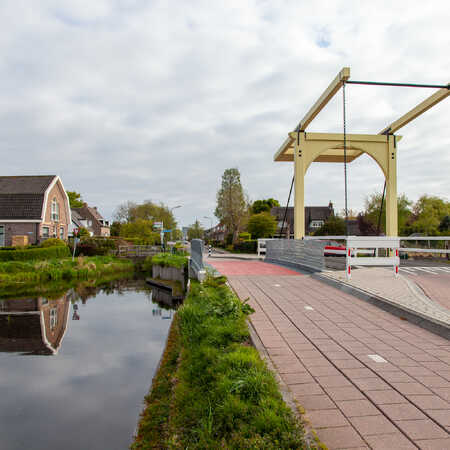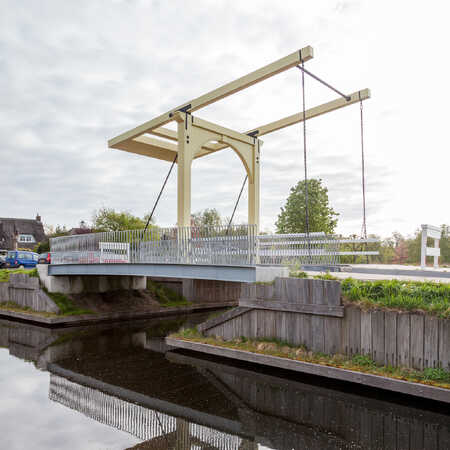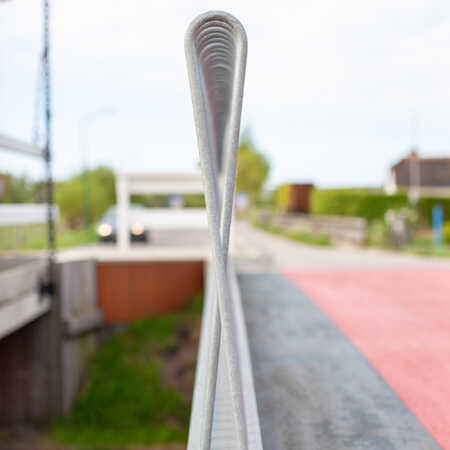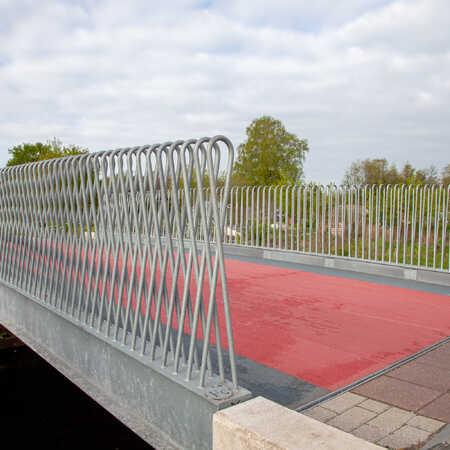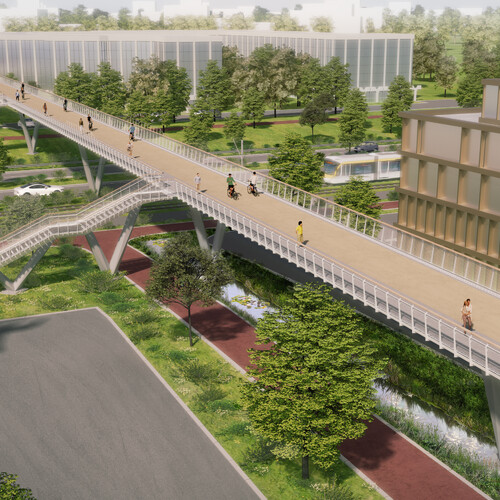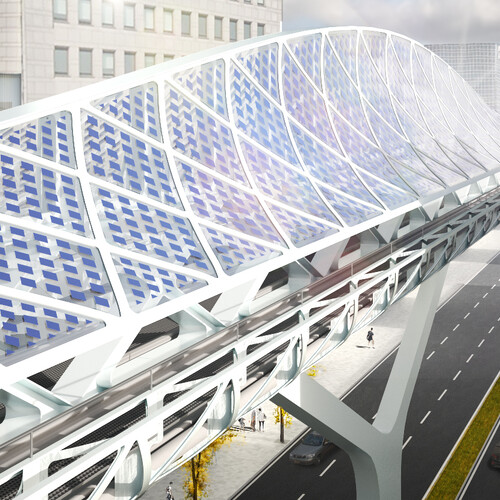The missing bridge
Ankeveen, a village in the polders of North Holland, features a mass of drainage ditches and waterways. One of the access roads into the village crosses a waterway called the Bergse Vaart. The culvert that allowed the water to flow under the road had fallen into disrepair and needed thorough renovation. The Wijdemeren local council held a meeting and one councillor suggested it might be an idea to restore to its former glory the lift bridge that was dismantled on the spot and removed by the Germans in April 1945. German occupying forces had also flooded the polders to slow down the Allied advance. It was still a traumatic event in the recent history of the village, and at the time it led to the evacuation of many of the local residents. The 75th anniversary of the Liberation of the Netherlands was approaching, and so it was not long before an active citizens’ initiative supported the plan and began the search for extra finance to enable the reconstruction of the Yellow Bridge. With the support of the local authority, the bureaucratic obstacles to commissioning such a reconstruction were removed.
Reconstruction and modernization of the Yellow Bridge
The plan to bring back the Yellow Bridge naturally required specialist expertise, and in Rob Torsing, who grew up in Ankeveen and is an architect at architectural studio ZJA, the citizens’ initiative found the ideal person to develop the project. It was certainly an atypical assignment: design a historical wooden lift bridge that cannot actually lift up, with a concrete deck.
The design he presented to the people of Ankeveen is not a contemporary interpretation but a careful approximation of the original bridge in its materials, style and dimensions. Even the breadth and the height at which it lies in the landscape are as close to the original as possible. The substructure, abutments and deck are made of concrete. Next to the lift bridge, a slightly higher, longer cycle bridge has been built, which leaves the narrow lift bridge free for motorized vehicles, thereby improving traffic safety. The long balustrade with galvanized steel railings adds a contemporary contrast.
The bridge demolished in 1945 was a simple and straight lift bridge, the farmers’ model, as it is known. Earlier in the twentieth century a bridge with a more formal design stood at the same spot, and it is that model that the residents of the village chose from the options presented by the citizens’ initiative. There is an arch in it, and a key element in the middle bearing the coat of arms of the former Lords of Ankeveen, the Amsterdam-Flemish family De Wael, which is now the coat of arms of Ankeveen.
Small cycle bridge with steel railings
For ZJA the design of a small cycle bridge with a steel balustrade was a first experiment in doing all the necessary structural calculations itself, which meant ensuring that the design was as light and elegant as possible, while still satisfying all the safety requirements. It was a first exercise for the ZJA Structural programme that has since been expanded.
The rebuilt bridge with its new abutments also presented an opportunity to make a firmer ecological connection between the two sides of the Bergse Vaart. A walkway for otters has been built into the banks, which also provides other species with a chance to cross safely.
Because we were dealing with an eye-catching feature of Ankeveen that is also of historical importance, it was natural to approach local craftspeople and contractors. The superstructure of the bridge, its gateway and counterweight, were made by an Ankeveen carpentry firm. The steel railings of the cycle bridge come from the workshop of a small steel company nearby that works in an artisanal tradition. The groundwork and other operations were carried out by a local contractor.
For everyone who approaches the village, whether on foot, by bicycle or in a car, the Yellow Bridge is a landmark that fits perfectly into local history and the landscape. With its colour and design, it works as a gateway to the village.
Architect: ZJA
Client: Gemeente Wijdemeren
Year: 2022
Project: #1108
